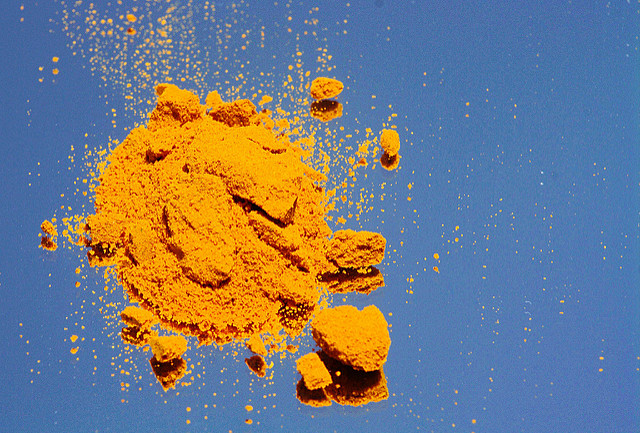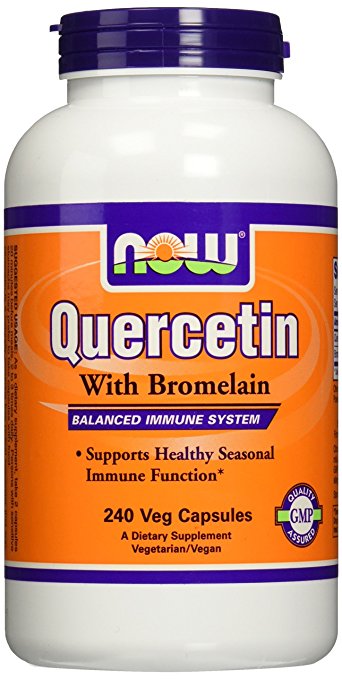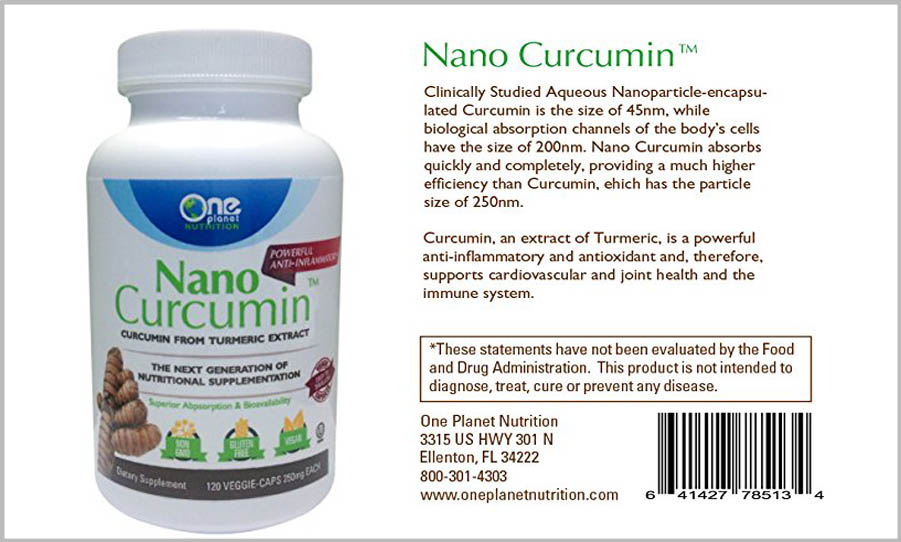You’ve started to take turmeric to get the many health benefits of curcumin, its active compound. Maybe you are sprinkling turmeric into foods that you eat or drinking turmeric tea… But that doesn’t necessarily mean you are getting the full benefits of the superfood.
Why?
Because turmeric has a very low bioavailability.
What is Bioavailability?
In pharmacology, bioavailability is defined as, “the degree to which a drug or other substance becomes available to the target tissue after administration.”
For example, we all know that milk contains a lot of calcium. However, the body only absorbs about 1/3 of the calcium from milk (the same goes for soy milk). By comparison, collard greens don’t have as much calcium in them per cup – but the body absorbs it much better. Thus, collard greens are actually the better source of calcium because of bioavailability. (Source)
Turmeric’s Low Bioavailability
There are numerous compounds in turmeric which can provide health benefits. However, when talking about the bioavailability of turmeric, we are talking about curcumin – the compound which has been most-studied and shown to have a wide range of health benefits.
Unfortunately, very little of the curcumin in turmeric is actually absorbed and/or able to provide benefits. As talked about here in Molecular Pharmaceutics, the reasons for poor turmeric bioavailability are:
- Poor absorption
- Short half-life
- Rapid systemic elimination
Studies into Turmeric’s Bioavailability
For example, this study administered 500mg/kg of curcumin to rats. They found that only 1 percent of the curcumin was in the rat’s plasma afterwards.
In this study on humans, subjects received 4-8 grams of curcumin. After 1 hour their plasma levels peaked – but only at levels of 0.41-1.75 µM. And this publication notes that after 1 hour of administration, plasma levels of curcumin decline rapidly. By 6 hours, no curcumin is detectable in the blood.
In other words, the curcumin isn’t being absorbed well and the curcumin which does get absorbed wears off quickly.
How to Increase Turmeric Bioavailability
To get the most out of your turmeric dosage, there are some steps you can take to increase bioavailability.
1. Take Black Pepper with Your Turmeric
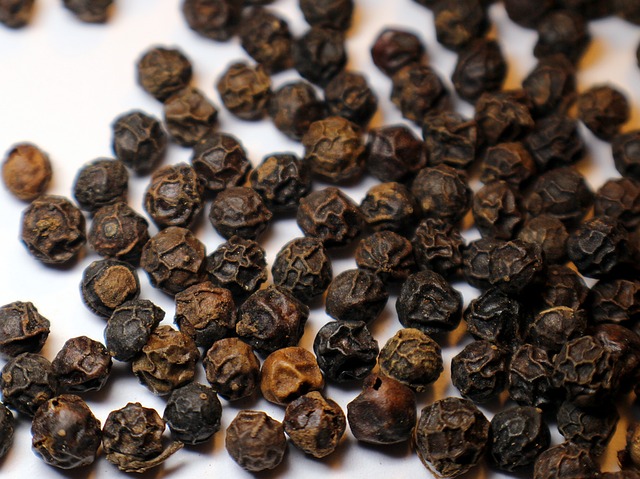
In this well-cited study, it was found that combining curcumin with piperine – the compound that gives black pepper its smell – increased the absorption of curcumin by 2000%. The reason that piperine helps bioavailability is because it inhibits glucuronidation (detoxification) of the liver and intestines, thus allowing curcumin to stay in the body for longer.
*As an added bonus, piperine in black pepper also increases the absorption of other nutrients. Now that’s a good reason to start putting black pepper on your meals!
2. Take Turmeric with a Healthy Fat

The body uses fat to absorb many nutrients, the most obvious ones being the fat-soluble vitamins A, D, E, and K.
It turns out that curcumin in turmeric is also fat-soluble. (Source)
If you don’t take turmeric with fat, it will have a hard time getting absorbed in the gut and making it into the blood.
Or, as Dr. Greger writes here, you can consume turmeric raw. The raw root contains natural oils which help bioavailability by 7-8 times. He also notes that taking turmeric with fats will help the curcumin get directly absorbed into the bloodstream through the lymphatic system and thus bypass the liver which would normally excrete it.
Just remember to use a healthy fat such as olive oil or coconut oil. Other types of fats such as soy oil or canola are pro-inflammatory!
3. Take Turmeric with Quercetin
Quercetin is a really interesting type of antioxidant belonging to the flavonoid group. It has many health benefits, such as fighting against allergies, reducing the risk of heart disease, lowering cholesterol, and protecting against cancer.
When it comes to turmeric, studies have shown that quercetin blocks an enzyme that normally deactivates curcumin. (Source 1, 2)
You can take quercetin as a supplement. Or you can get quercetin through any of these natural sources:
- Peppers
- Apples
- Dark cherries and blueberries
- Leafy green veggies
- Tomatoes
Now Foods makes a really good Quercetin supplement. It also contains bromelain, which is great for digestion and has many health benefits in its own right. You can buy it here.
4. Take Special Formulations of Turmeric
Researchers have been working on ways to get around the low-availability of turmeric so it can be used therapeutically.
Some of the solutions are to formulate turmeric as:
- Liposomes and phospholipids: These are special types of fat cells which can be “filled” with a nutrient. The body readily absorbs the fat and, in the process, absorbs the nutrient. Read more about them here.
- Micelles: Micelles are a group of molecules that are put in a colloidal solution. This formulation helps overcome the aqua-phobic nature of curcumin.
- Nanoparticle Encapsulations: A nanoparticle is simply a particle between 1 and 100 nanometers in size. Nano encapsulations can be used for delivering nutrients that are normally poorly absorbed. You can read more about them here.
Of these three delivery systems, nanoparticles are the most readily-available to consumers. There are now several brands which offer nano curcumin.
I like this brand of nano curcumin. It is in a veggie capsule, contains no additives, and offers superior absorption so you actually get the benefits of turmeric from your supplement. Buy it here.
5. Take Turmeric throughout the Day
In addition to turmeric’s low absorption rate, it also gets cleared from the body quickly. To keep active turmeric in your body, take turmeric multiple times throughout the day.
For example:
- A bit of turmeric in a breakfast smoothie
- Turmeric tea at lunch
- Turmeric sauce with your dinner
What About Boiling Turmeric in Water?
Turmeric does not mix with water well (it’s fat soluble, not water soluble). So, a lot of website articles — such as this generic article and this one — give the advice that you should boil turmeric in water to increase its bioavailability. (You’ll note that both those articles are citing the same source who does not back up her claim with any scientific literature)
While it is true that boiling turmeric will help it mix with the water better, this does NOT mean that it will be better absorbed by the body!
Absolutely no research (at least that I am aware of now) shows that turmeric dissolved in water will have a higher bioavailability once in the body. The same problems with turmeric bioavailability still exist after it has been ingested in hot water.
Worse, as talked about in this article about turmeric tea, heat kills some of the active compounds in turmeric. So, while it is completely okay to mix turmeric with hot water, you don’t want to boil it!
Any Turmeric is Still Better than No Turmeric!
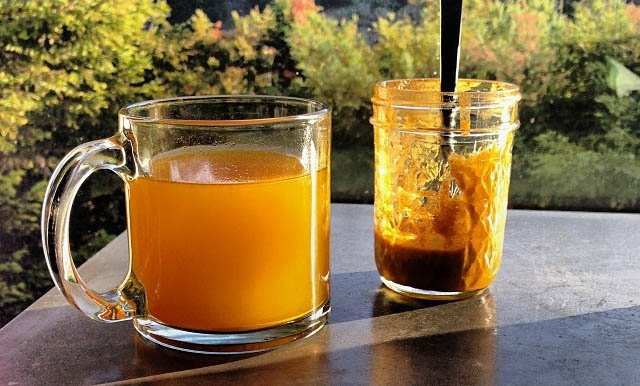
Don’t be discouraged by the low bioavailability of curcumin. Remember that hundreds of studies show that…
Turmeric provides health benefits despite its low bioavailability.
And studies (such as this one) also show that even though very little turmeric reached the blood there were still fairly-high concentrations of curcumin in the intestinal mucosa, kidneys, liver, spleen, and brain tissue.
That shows us that even a little bit of turmeric in our body goes a long way!
So go ahead and start adding turmeric powder to your diet. But, if you are really serious about maximizing the health benefits of turmeric, go ahead and add some black pepper, coconut oil, and querticin to the mix.
Which Turmeric to Use?
There are so many turmeric products out there, it can be hard to choose. And, yes, quality does matter with superfoods because you don’t want the active compounds to be destroyed by heat, light, or oxidation. Here are some of my favorite brands of turmeric.
- Turmeric Powder: This brand is great because it is fresh, stored to the highest standards to prevent degradation, and organic. It is sold in bulk so it is also very affordable. Buy it here.
- Curcumin + Black Pepper Supplement: If eating turmeric powder with black pepper isn’t your thing, then this supplement formulates it for you. Buy it here.
- Nano Curcumin: This supplement contains only curcumin and is formulated in nano encapsulations for better absorption. Unfortunately, that does mean it costs more than the other options but will provide the best availability. Buy it here.
Image credit:“Turmeric Tea from 101 Cookbooks. I’m pre” (CC BY-NC-ND 2.0) by shutterbean

